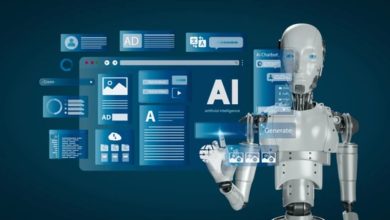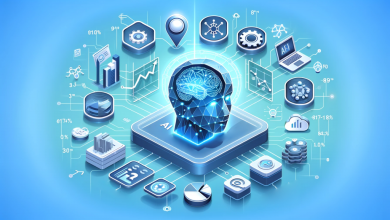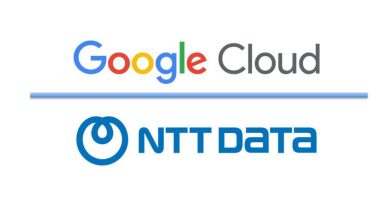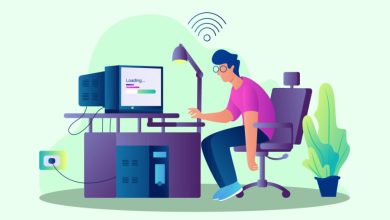Cisco Malaysia’s 2025 Predictions
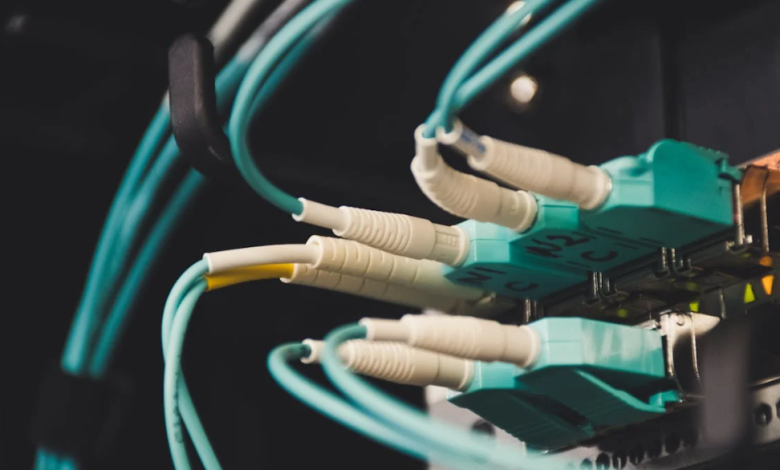
By Hana Raja, Managing Director, Cisco Malaysia
 The business landscape has transformed rapidly in the last year and a large part of this is driven by the rise of generative AI. The technology has not only dominated strategic conversations and earning reports but also reshaped stakeholder engagement across industries.
The business landscape has transformed rapidly in the last year and a large part of this is driven by the rise of generative AI. The technology has not only dominated strategic conversations and earning reports but also reshaped stakeholder engagement across industries.
AI is poised to surpass even cloud computing and the internet as a transformative technology. It has profound impacts on how businesses navigate issues such as the ongoing skills gap, as well as their sustainability and security journeys.
The launch of the National AI Office (NAIO) positions Malaysia to fully leverage this transformative power, fostering global competitiveness, driving cross-sector innovation, and addressing pressing challenges such as the skills gap, enhancing sustainability efforts, and fortifying security measures.
Here are six key trends we see defining Malaysia’s business landscape in 2025, with AI at the helm.
1. AI continues to take centre stage, but not without harsh reality checks.
It’s been more than a year since Artificial Intelligence (AI) became the dominant theme of the business world. The pressure to deploy it is relentless, with nearly all companies in Cisco’s 2024 AI Readiness Index reporting a heightened urgency to implement AI solutions over the past year.
However, only 14% of companies in Malaysia are fully ready to capture AI’s potential, as reality sets in on what is needed to succeed. The primary challenge remains infrastructure readiness, with gaps in compute, data centre network performance, and cybersecurity, amongst other areas. Only 29% of companies have the necessary GPUs to meet current and future AI demands and the capabilities to protect data in AI models with end–to–end encryption, security audits, continuous monitoring, and instant threat response.
Many Malaysian businesses are choosing off-the-shelf AI solutions rather than building these from scratch, focusing on the return on investment and business impact. This is where leveraging plug-and-play AI infrastructure, like Cisco’s AI PODs, which offer infrastructure stacks tailored for specific AI use cases, provides companies a flexible starting point without added complexity.
2. As AI becomes more accessible and ubiquitous, guardrails and data governance will become a key area of focus.
As AI systems become more integrated into everyday life, discussions will focus on the responsible use, compliance, data protection, and anti-discrimination laws and AI quality standards.
Collaboration between public and private sectors is essential to establish standards and regulations that promote innovation and enhance AI safety. As outlined in the National AI Roadmap 2021-2025, Malaysia aims to develop ethical AI practices, emphasising transparency, accountability, and the responsible use of AI technologies. This supports the global effort to address ethical and misinformation challenges while preserving AI’s transformative power. Companies will need to adopt responsible AI frameworks, conduct privacy assessments, and implement robust incident management plans.
As organisations operate across multiple jurisdictions, there will be pressure to align data storage and processing with local data sovereignty laws. The next generation of privacy laws will drive transparency, fairness, and accountability in data collection, cross-border data flows, and compliance. Companies must consider employee interactions with AI systems and develop strategies to mitigate data breaches and risks through mock drills and continuous monitoring.
3. Cybersecurity moves to machine scale and networks will move from connecting to also protecting everything.
Networks will no longer just be used to connect but also protect as the threat landscape expands. Social engineering attacks becomes easier with the vast data shared online, and supply chain attacks will pose problems, given the complicated web of technology suppliers that many businesses use in their operations. Advances like quantum computing will further complicate the landscape, pushing cybersecurity to move at machine scale.
The network will emerge as a crucial pillar in managing workloads and serving as both the first and last line of security defence, especially against lateral movement attacks that infiltrate deeper into systems.
AI will transform security by assisting security teams and simplifying tool management, augmenting human insights, and automating complex workflows. Innovations that infuse security into the fabric of the network like Hypershield, will enhance threat detection and response, allowing lean teams to update and patch systems efficiently.
Securing not just businesses but also their partner ecosystems is the next security frontier. As hyper-distributed defences and federated data become standard, leveraging networks will enable companies to become self-defending, digitally resilient enterprises. The cybersecurity bill will be crucial in strengthening national resilience against cyber threats by setting stricter regulations and promoting public-private collaboration, providing a framework for businesses to enhance security and protect critical infrastructure.
4. Companies will need help to balance sustainability and growth in an AI-powered era.
The race to AI will continue to accelerate, leading to higher power consumption levels, which will impact carbon emissions across all scopes. By 2027, AI usage is expected to consume as much water as New Zealand. In a world where net-zero goals and carbon emission reductions target loom large, companies must balance sustainability with the growth opportunities that AI brings.
To achieve this balance, businesses will seek partners offering energy-efficient products and solutions or help them adopt circular business models aligned with their net-zero timelines. AI will unlock efficiencies, heralding a new era of energy networking with software-defined networking capabilities and direct current (DC) micro grids, enhancing energy efficiency while delivering increased visibility, insights, and automation. Power over Ethernet is another innovation, delivering data centre power to devices over copper ethernet cabling, eliminating the need for separate power supplies and outlets.
Advancements in materials and design also help balance sustainability needs. Cisco’s Silicon One chip exemplifies this by performing tasks efficiently with less hardware, reducing power consumption and electronic waste. Takeback and reuse programs for end-of-use hardware will be crucial.
5. Humans and AI will co-exist in the next generation workforce.
The future of work is not about a choice between humans and machines; rather both will coexist to get work done. AI will move from just helping with tasks to becoming a key part of the future workforce, helping to address skills shortages across various roles. Increased mobility of talent, and extremely diverse populations coming into the workplace will help to relieve some of those pressures from the pressing talent shortage in the technology sector.
This will also translate into benefits at work. Employees who can harness AI for their work will outperform others who do not use AI, achieving better quality of work, productivity, and efficiency. Possessing the right skillsets to leverage AI will be crucial to any technical and non-technical role.
Initiatives like the Cisco Networking Academy, which provides digital skills training including cybersecurity, are crucial in bridging the digital skills gap. As technology continues to advance, it is vital to persistently upskill, stay relevant, and leverage the latest innovations.
6. A thriving workplace will rely on the value the office brings to work and the foundation of trust it builds.
Returning to the office should be a magnet, not a mandate. As we envision the future of work, it will be a tech-enabled one where job roles continue to evolve alongside technological advancements, much like the transition from fax to email and are now connected from anywhere.
Work will happen in tech-enabled spaces and people will naturally seek the flexibility that technology brings to their personal lives in their work routines. This shift will raise questions around the value that the physical office will add to work. As employees shift their mindset from coming to the office to do heads-down work to using this as an opportunity to connect, innovate and collaborate with their teams, employers need to cultivate an environment that supports this type of work.
Whether it’s about the type of work, the location it’s performed, or who it’s done by, trust is a crucial element at every stage of the process. Employers must trust that they have hired the right people for the right roles, and they will deliver the goals set for them. Likewise, employees must trust that their efforts will be recognised and rewarded by their employers, with opportunities for growth and development. Trust will become a reciprocal relationship, and the ability to foster this trust will distinguish high-performing teams and companies from the rest.

